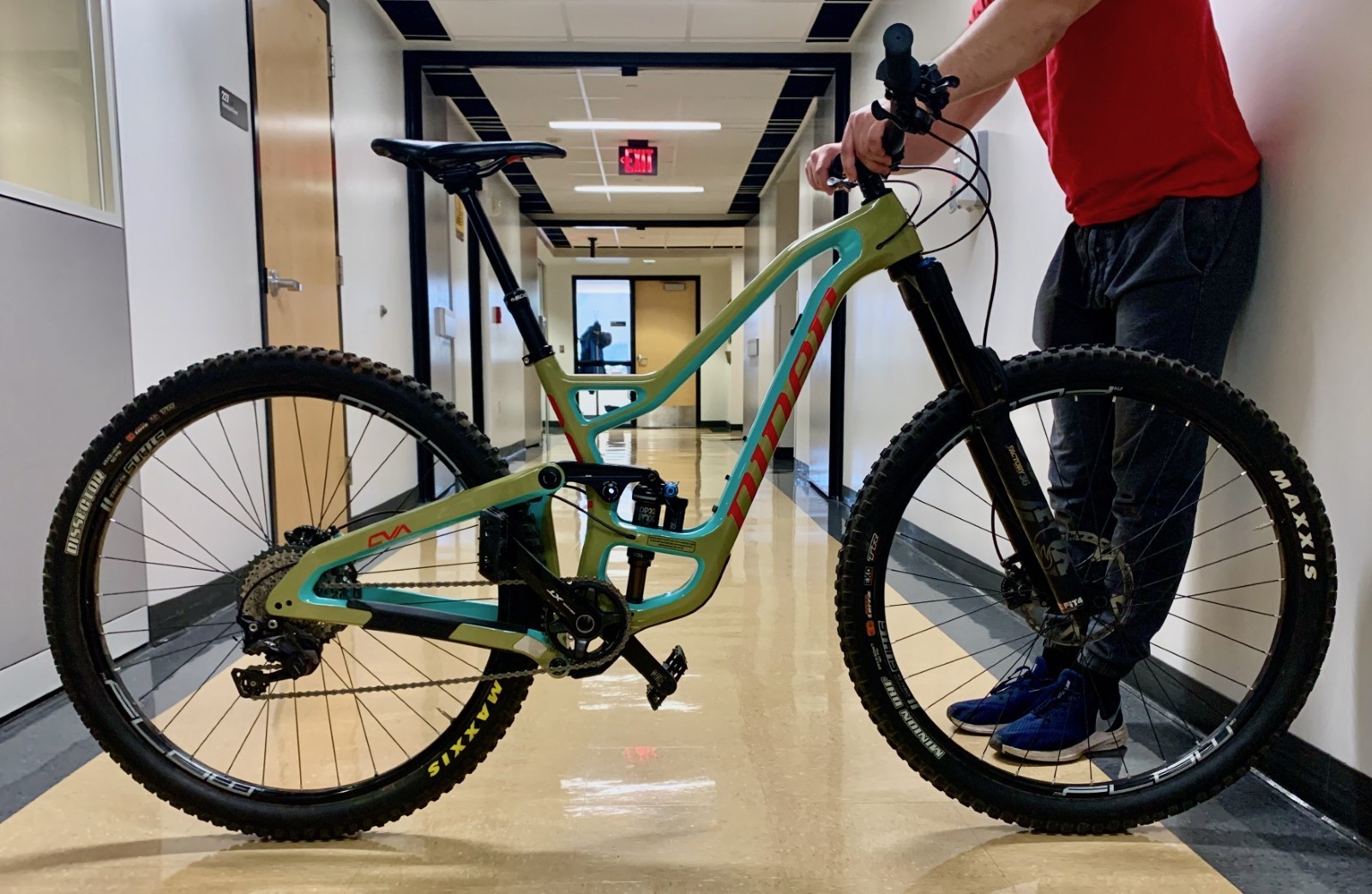Project Description:
Mountain bike suspension lacks the capabilities to quickly and easily adjust for different terrain on the fly and needs to have a tuning option to allow for a more comprehensive system. Mountain bike suspension can be adjusted but can sometimes be difficult to understand for the average consumer. So, the team needs to create an easier way to help even beginner mountain bikers be able to alter their suspension settings.

